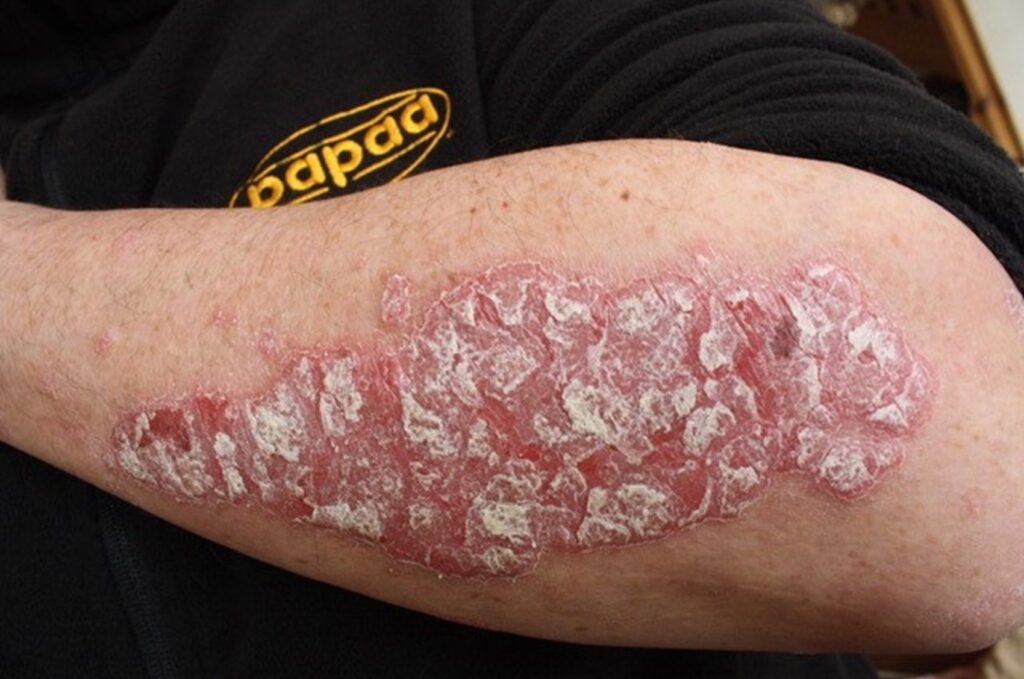Psoriasis: Facts, Statistics, and You
Psoriasis: Facts, Statistics, and You
- Symptoms
- Prevalence
- Causes and risk factors
- Diagnosis
- Living with psoriasis
Psoriasis is an immune-mediated condition often marked by thick red patches with silvery scales on the elbows, knees, and scalp. There’s no cure for psoriasis yet, but treatment can help ease the symptoms. Psoriasis causes itchiness and irritation and may be painful.
While scientists don’t know what exactly causes psoriasis, they do know that the immune system and genetics Trusted Source play major roles in its development.
Read on to get the scoop on psoriasis causes, prevalence, symptoms, treatment options, and more.
What are the symptoms of psoriasis?
Psoriasis usually causes patches of thick, red skin with silvery scales that itch or feel sore.
It can show up anywhere Trusted Source — on the eyelids, ears, mouth and lips, skin folds, hands and feet, scalp, and nails.
In severe cases, it can progress to cover large areas of your body and cause a variety of uncomfortable symptoms.
In people with light skin, it tends to appear red or pink with a silvery-white scale. In people with dark skin, it may appear salmon-colored or violet with a silvery-white or grayscale. It may also be harder to spot.
You may have occasional flare-ups followed by times when you don’t have symptoms.
Learn more: What to know about psoriasis symptoms and psoriasis on black skin vs. white skin.
What percentage of people have psoriasis?
About 2-3% of the world’s population has some form of psoriasis, according to the World Psoriasis Day consortium. That’s over 125 million people.
Anyone can get psoriasis, regardless of age. However, psoriasis is most likely to appear first between the ages of 15–25 years, according to the National Psoriasis Foundation.
In the United States, the condition affects about 3.2% of women and 2.8% of men Trusted Source, according to a combination of a 2021 study and 2020 U.S. census data. In total, that’s just over 7.4 million people ages 20 years or older.
Prevalence by type
The types of psoriasis with their prevalence are:
Note that 30–33% of people with psoriasis can also develop psoriatic arthritis, which is a type of arthritis.
Learn more about the types of psoriasis, their symptoms, and what they look like.

